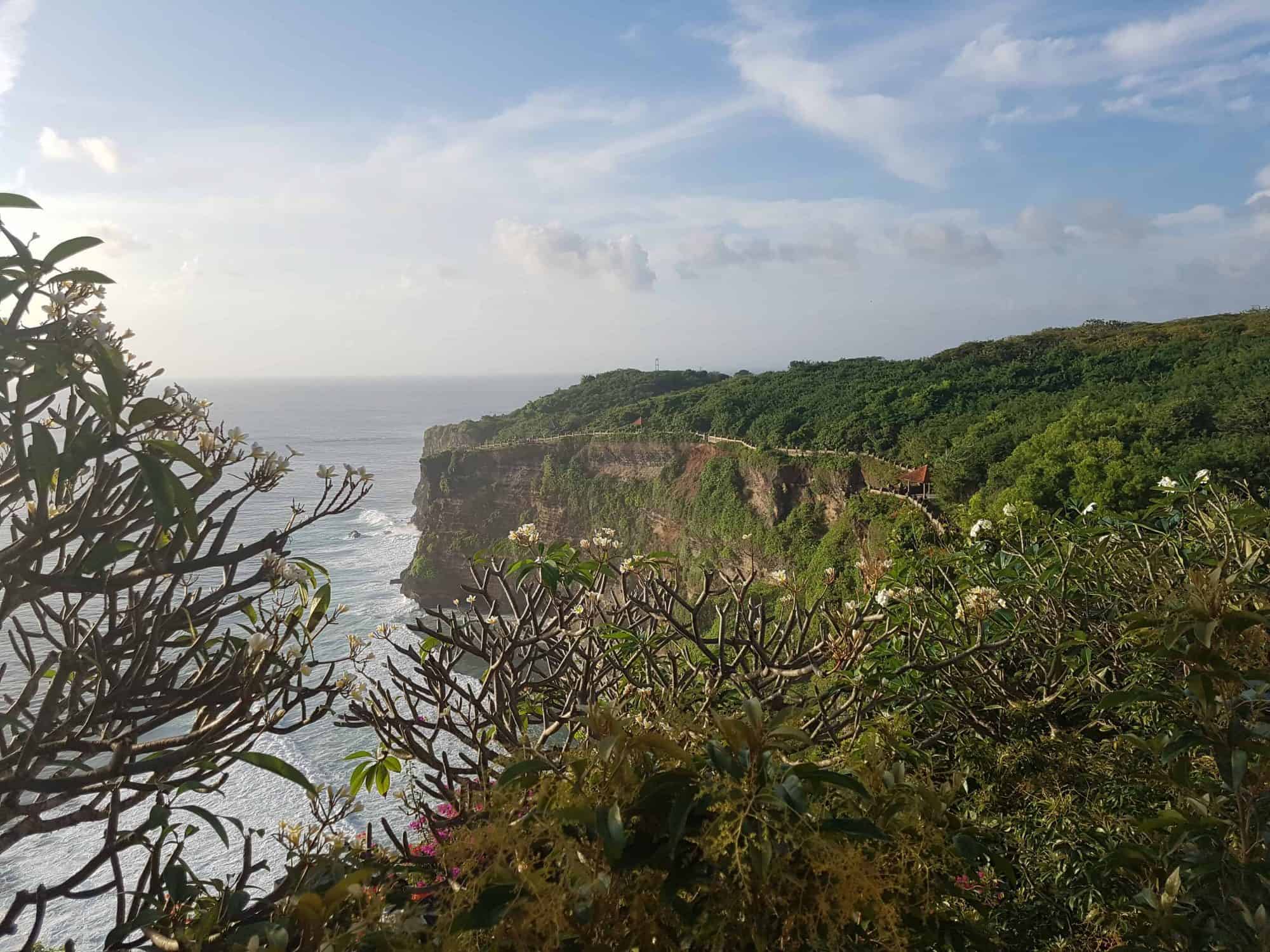Marine Debris
Every year, global production of plastic is rising. In 2019, the amount of plastic produced globally was approximately 368 million tonnes. This is 9 million tonnes more than in 2018.
In our article Floating Island of Plastic Waste, we discussed the Great Pacific Garbage Patch, which is 1.6 million square kilometres or three times the size of France. When recovering plastic from the ocean, we must quantify and determine the source of the waste. We categorise oceanic plastic waste in 4 size classes. Fishing nets are megaplastics. Macroplastics includes bottles and crates. Bottle caps are mesoplastics. Microplastics are plastic particles that are 5 mm or less. These include fragments of rigid plastic objects, ropes and nets. In The Hunt and Recovery of Microplastics post, we looked at ways to recover microplastic particles.
A major issue with marine debris is not only the waste from land moving out to the sea but also the reverse, the debris from sea moving across oceans, seas and continents back to land.
Recycling Flip Flops
In Kenya, Ocean Sole workshop receives flip flops recovered from Nairobi dam and Mombasa sea. Here the flip flops are weighed, washed, dried and joined into blocks. They carve small and medium sculptures from these blocks. Large sculptures require styrofoam and thin layers of flip flops. All sculptures are carved by hand. They sand the finished art piece to remove rough edges. Finally, the sculptures are washed one last time, ready for sale.
Julie Church is the founder of Ocean Sole. 10-15% of their revenue goes to beach cleanups and educational programmes. In 2020 Ocean Sole recycled over 750,000 flip flops. This method of conservation protects both the forests and the oceans because using flip flops as an artistic medium saves trees from being cut for carving sculptures. Furthermore, recycling flip flops in this artistic way is an asset to local waste management.
Around 100 employees work at Ocean Sole, turning trash to trade. Overall, they improve local conservation, awareness, and protection of both the ocean and the forests.

















